OPTIMAL
CONTROL
SYSTEMS
~,.~t~.~ -:
.u&:iuut ~
"..
....aIMlJ f~t jS ~ J
'1 6 .3 z.
: ~ OJ"':'
lrAr If I 1 a : ~ i!J1i
�
Electrical Engineering
Textbook Series
Richard C. Dorf, Series Editor
University of California, Davis
Forthcoming and Published Titles
Applied Vector Analysis
Matiur Rahman and Isaac Mulolani
Continuous Signals and Systems with MATLAB
Taan EIAli and Mohammad A. Karim
Discrete Signals and Systems with MATLAB
Taan EIAIi
Electromagnetics
Edward J. Rothwell and Michael J. Cloud
Optimal Control Systems
Desineni Subbaram Naidu
�
OPTIMAL
CONTROL
SYSTEMS
Desineni Subbaram Naidu
Idaho State Universitv .
Pocatello. Idaho. USA
o
CRC PRESS
Boca Raton London New York Washington, D.C.
�
Cover photo: Terminal phase (using fuel-optimal control) of the lunar landing of the Apollo 11 mission.
Courtesy of NASA.
TJ
"l13
N1. b'~
<'l ~ot
Library of Congress Cataloging-in-Publication Data
Naidu, D. s. (Desineni S.), 1940-
Optimal control systems I by Desineni Subbaram N aidu.
p. cm.- (Electrical engineering textbook series)
Includes bibliographical references and index.
ISBN 0-8493-0892-5 (alk. paper)
1. Automatic control. 2. Control theory. 3. Mathematical optimization. I. Title II.
Series.
2002067415
This book contains information obtained from authentic and highly regarded sources. Reprinted material
is quoted with permission, and sources are indicated. A wide variety of references are listed. Reasonable
efforts have been made to publish reliable data and information, but the author and the publisher cannot
assume responsibility for the validity of all materials or for the consequences of their use.
Neither this book nor any part may be reproduced or transmitted in any form or by any means, electronic
or mechanical, including photocopying, microfilming, and recording, or by any information storage or
retrieval system, without prior permission in writing from the publisher.
The consent of CRC Press LLC does not extend to copying for general distribution, for promotion, for
creating new works, or for resale. Specific permission must be obtained in writing from CRC Press LLC
for such copying.
Direct all inquiries to CRC Press LLC, 2000 N.W. Corporate Blvd., Boca Raton, Florida 33431.
Trademark Notice: Product or corporate names may be trademarks or registered trademarks, and are
used only for identification and explanation, without intent to infringe.
Visit the CRC Press Web site at www.crcpress.com
© 2003 by CRC Press LLC
No claim to original u.S. Government works
International Standard Book Number 0-8493-0892-5
Library of Congress Card Number 2002067415
Printed in the United States of America 1 2 3 4 5 6 7 8 9 0
Printed on acid-free paper
�
v
"Because the shape of the whole universe is most per
fect and, in fact, designed by the wisest Creator, nothing
in all of the world will occur in which no maximum or
minimum rule is somehow shining forth. "
Leohard Euler, 1144
�
vi
Dedication
My deceased parents who shaped my life
Desineni Rama Naidu
Desineni Subbamma
and
My teacher who shaped my education
Buggapati A udi Chetty
�
Preface
vii
Many systems, physical, chemical, and economical, can be modeled
by mathematical relations, such as deterministic and/or stochastic dif
ferential and/or difference equations. These systems then change with
time or any other independent variable according to the dynamical re
lations. It is possible to steer these systems from one state to another
state by the application of some type of external inputs or controls.
If this can be done at all, there may be different ways of doing the
same task. If there are different ways of doing the same task, then
there may be one way of doing it in the "best" way. This best way can
be minimum time to go from one state to another state, or maximum
thrust developed by a rocket engine. The input given to the system
corresponding to this best situation is called "optimal" control. The
measure of "best" way or performance is called "performance index"
or "cost function." Thus, we have an "optimal control system," when a
system is controlled in an optimum way satisfying a given performance
index. The theory of optimal control systems has enjoyed a flourishing
period for nearly two decades after the dawn of the so-called "modern"
control theory around the 1960s. The interest in theoretical and prac
tical aspects of the subject has sustained due to its applications to such
diverse fields as electrical power, aerospace, chemical plants, economics,
medicine, biology, and ecology.
Aim and Scope
In this book we are concerned with essentially the control of physical
systems which are "dynamic" and hence described by ordinary differ
ential or difference equations in contrast to "static" systems, which are
characterized by algebraic equations. Further, our focus is on "deter
ministic" systems only.
The development of optimal control theory in the sixties revolved
around the "maximum principle" proposed by the Soviet mathemati
cian L. S. Pontryagin and his colleagues whose work was published in
English in 1962. Further contributions are due to R. E. Kalman of the
United States. Since then, many excellent books on optimal control
theory of varying levels of sophistication have been published.
This book is written keeping the "student in mind" and intended
to provide the student a simplified treatment of the subject, with an
�
viii
appropriate dose of mathematics. Another feature of this book is to
assemble all the topics which can be covered in a one-semester class.
A special feature of this book is the presentation of the procedures in
the form of a summary table designed in terms of statement of the prob
lem and a step-by-step solution of the problem. Further, MATLAB©
and SIMULINK© 1 , including Control System and Symbolic Math
Toolboxes, have been incorporated into the book. The book is ideally
suited for a one-semester, second level, graduate course in control sys
tems and optimization.
Background and Audience
This is a second level graduate text book and as such the background
material required for using this book is a first course on control sys
tems, state space analysis, or linear systems theory. It is suggested that
the student review the material in Appendices A and B given at the
end of the book. This book is aimed at graduate students in Electrical,
Mechanical, Chemical, and Aerospace Engineering and Applied Math
ematics. It can also be used by professional scientists and engineers
working in a variety of industries and research organizations.
Acknowledgments
This book has grown out of my lecture notes prepared over many years
of teaching at the Indian Institute of Technology (IIT), Kharagpur, and
Idaho State University (ISU), Pocatello, Idaho. As such, I am indebted
to many of my teachers and students. In recent years at ISU, there are
many people whom I would like to thank for their encouragement and
cooperation. First of all, I would like to thank the late Dean Hary
Charyulu for his encouragement to graduate work and research which
kept me "live" in the area optimal control. Also, I would like to mention
a special person, Kevin Moore, whose encouragement and cooperation
made my stay at ISU a very pleasant and scholarly productive one for
many years during 1990-98. During the last few years, Dean Kunze
and Associate Dean Stuffie have been of great help in providing the
right atmosphere for teaching and research work.
IMATLAB and SIMULINK are registered trademarks of The Mathworks, Inc., Natick, MA,
USA.
�
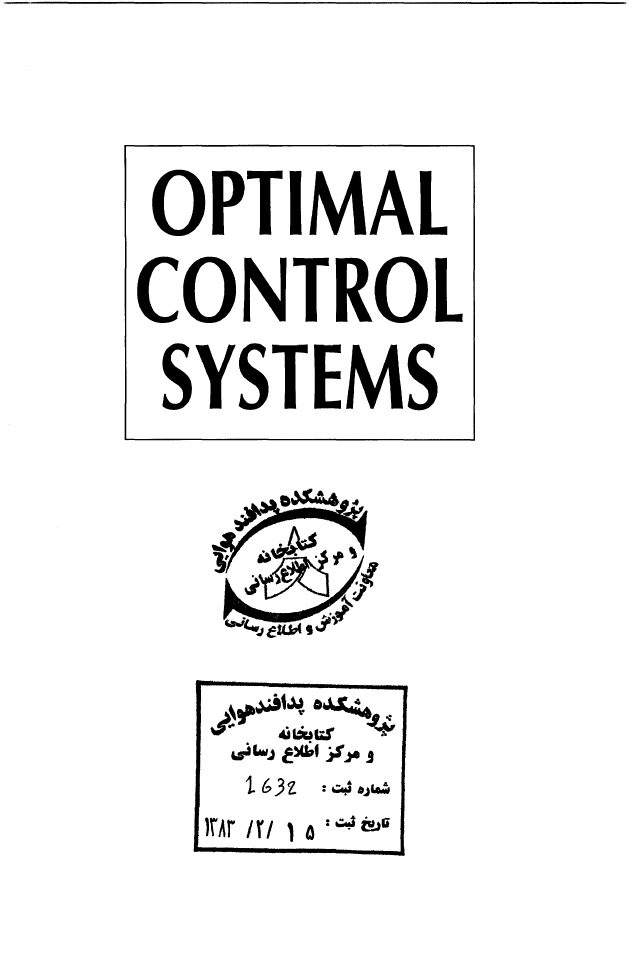

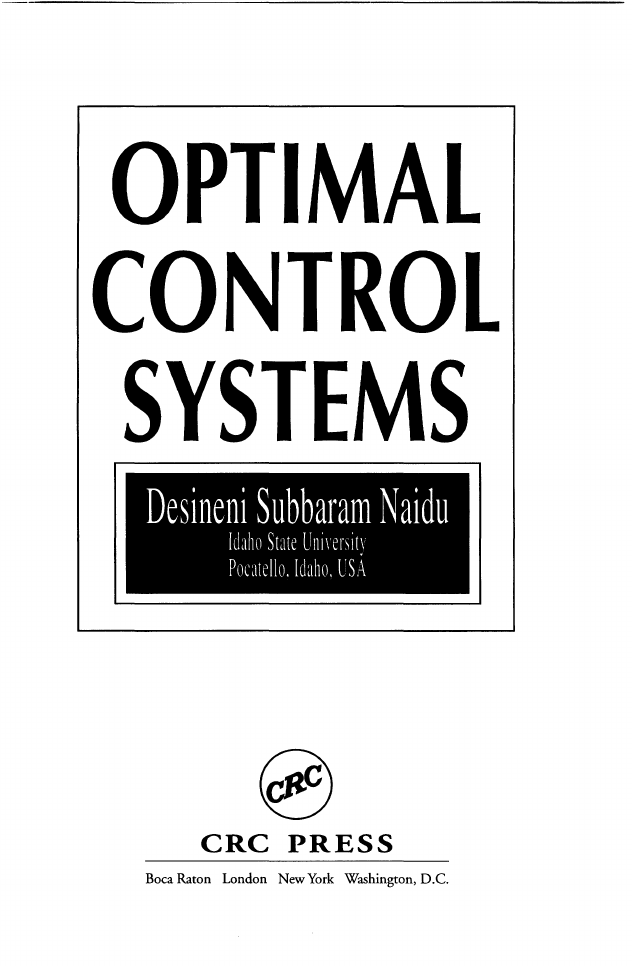
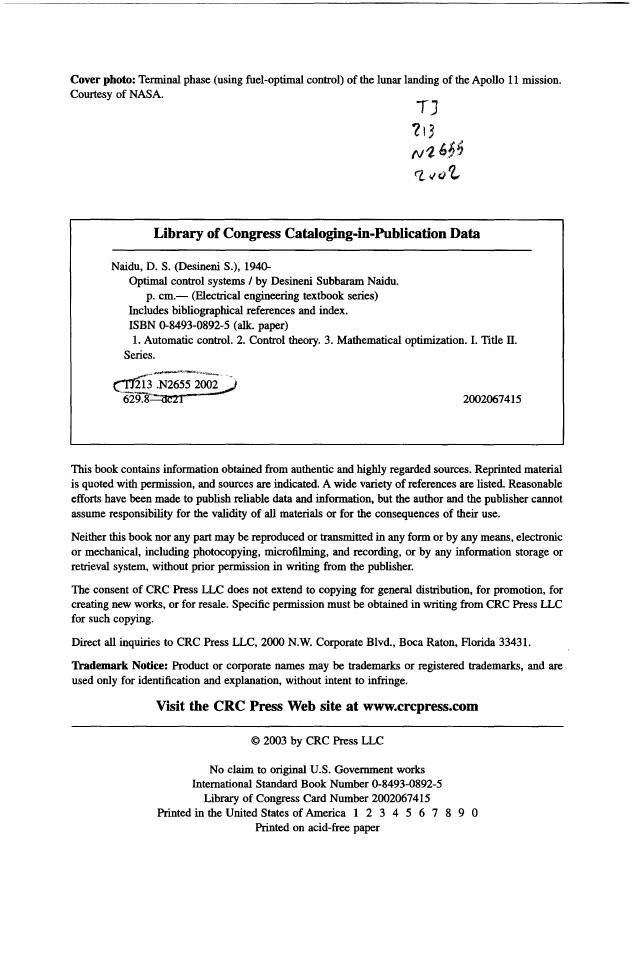
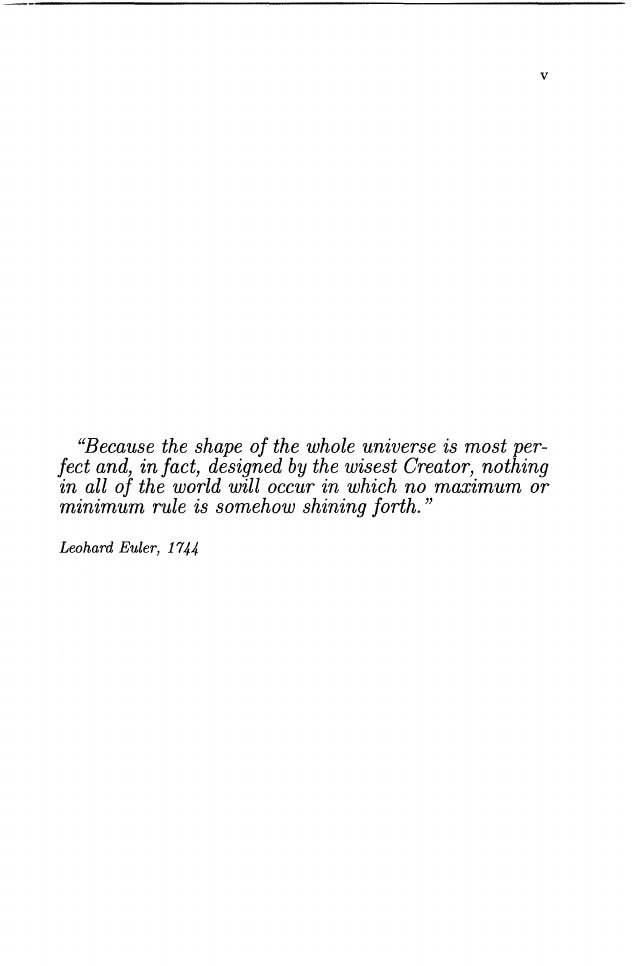
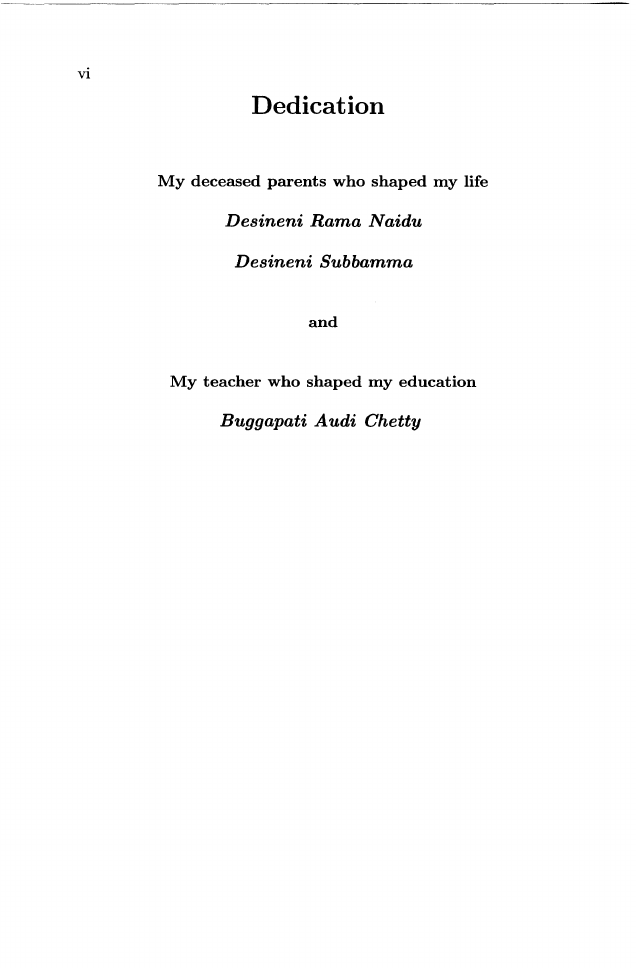
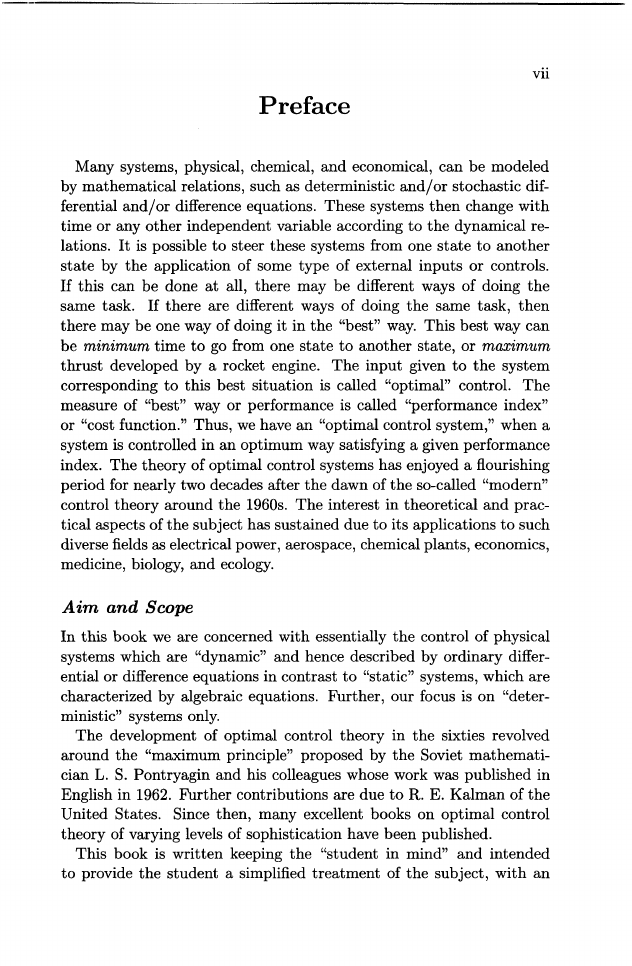
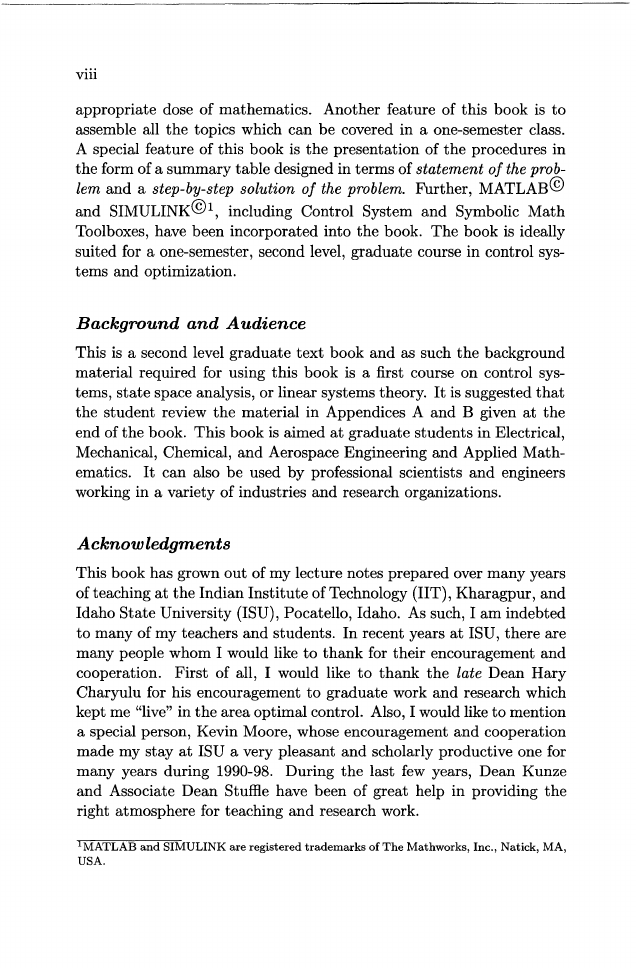








 2023年江西萍乡中考道德与法治真题及答案.doc
2023年江西萍乡中考道德与法治真题及答案.doc 2012年重庆南川中考生物真题及答案.doc
2012年重庆南川中考生物真题及答案.doc 2013年江西师范大学地理学综合及文艺理论基础考研真题.doc
2013年江西师范大学地理学综合及文艺理论基础考研真题.doc 2020年四川甘孜小升初语文真题及答案I卷.doc
2020年四川甘孜小升初语文真题及答案I卷.doc 2020年注册岩土工程师专业基础考试真题及答案.doc
2020年注册岩土工程师专业基础考试真题及答案.doc 2023-2024学年福建省厦门市九年级上学期数学月考试题及答案.doc
2023-2024学年福建省厦门市九年级上学期数学月考试题及答案.doc 2021-2022学年辽宁省沈阳市大东区九年级上学期语文期末试题及答案.doc
2021-2022学年辽宁省沈阳市大东区九年级上学期语文期末试题及答案.doc 2022-2023学年北京东城区初三第一学期物理期末试卷及答案.doc
2022-2023学年北京东城区初三第一学期物理期末试卷及答案.doc 2018上半年江西教师资格初中地理学科知识与教学能力真题及答案.doc
2018上半年江西教师资格初中地理学科知识与教学能力真题及答案.doc 2012年河北国家公务员申论考试真题及答案-省级.doc
2012年河北国家公务员申论考试真题及答案-省级.doc 2020-2021学年江苏省扬州市江都区邵樊片九年级上学期数学第一次质量检测试题及答案.doc
2020-2021学年江苏省扬州市江都区邵樊片九年级上学期数学第一次质量检测试题及答案.doc 2022下半年黑龙江教师资格证中学综合素质真题及答案.doc
2022下半年黑龙江教师资格证中学综合素质真题及答案.doc